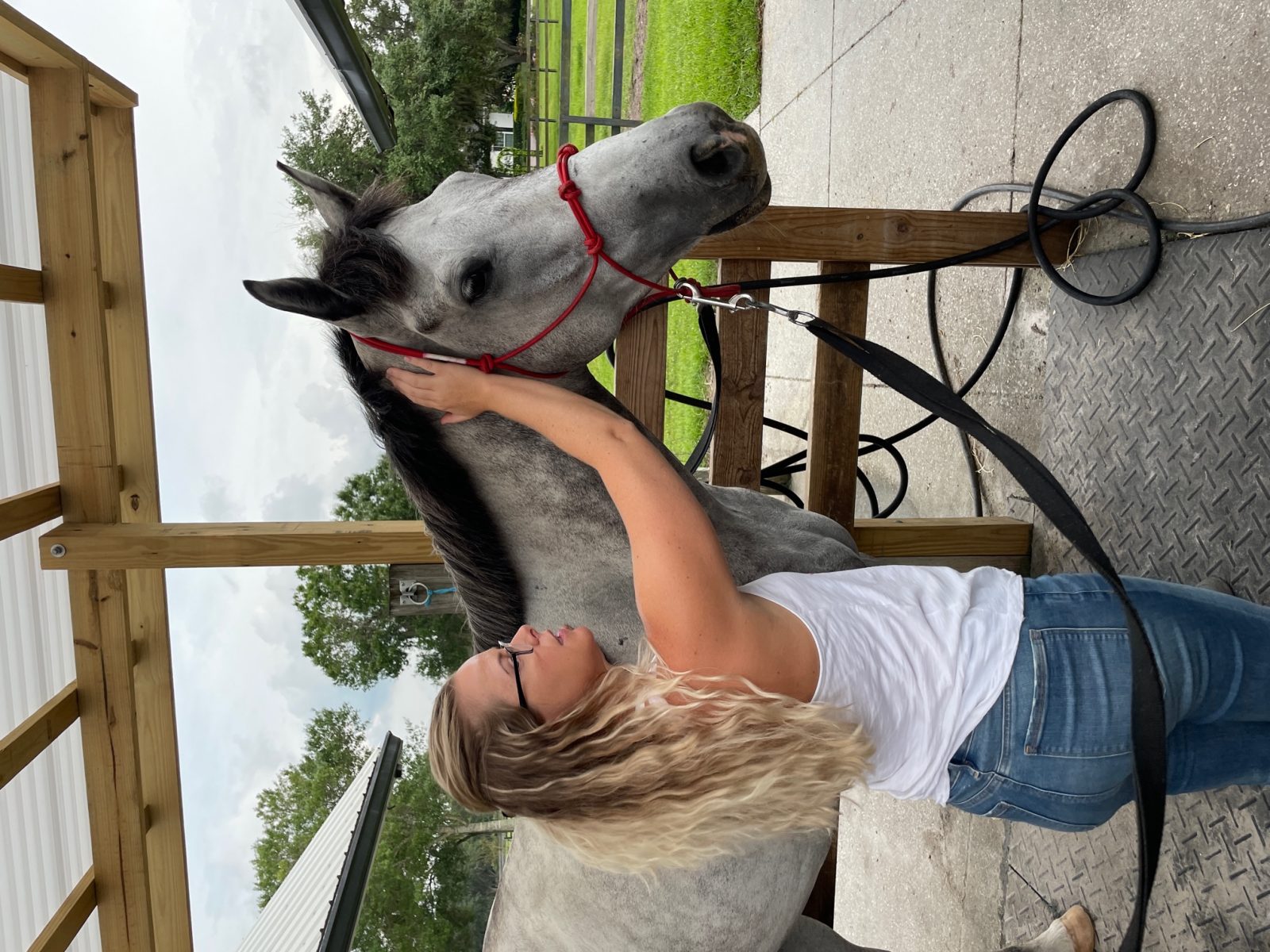Horse massage is the practice of using massage techniques to improve the physical and mental well-being of horses. Massage can be beneficial for horses in a variety of ways, including improving circulation, relaxing muscles, and reducing stress.
There are several different techniques that can be used in horse massage, including effleurage, petrissage, and friction. Effleurage is a gentle stroking technique that is used to warm up the muscles and improve circulation. Petrissage involves kneading and rolling the muscles to help release tension and improve flexibility. Friction involves using deep, circular motions to help break up scar tissue and improve circulation.
Horse massage can be performed using hands or with the use of massage tools such as brushes or rollers. It’s important to be gentle and to respect the horse’s boundaries, as horses can be sensitive to touch and may not be comfortable with certain techniques or areas being massaged. It’s also important to be aware of the horse’s body language and to stop the massage if the horse becomes agitated or uncomfortable.
Horse massage can be performed as a standalone treatment or as part of a larger care routine. It’s important to consult with a veterinarian or equine therapist before beginning a massage regimen, as certain medical conditions or injuries may contraindicate massage or require special considerations.
In addition to the physical benefits, horse massage can also have psychological benefits for the horse. Massage can help reduce stress and anxiety, and can improve the bond between the horse and the masseuse.
There are several precautions to take when performing horse massage, including wearing protective clothing such as gloves and long sleeves, and washing your hands before and after the massage to prevent the spread of infections. It’s also important to be aware of your own physical limitations and to seek assistance if needed.
Overall, horse massage can be a beneficial addition to a horse’s care routine, providing both physical and mental benefits. It’s important to be respectful of the horse’s boundaries and to seek guidance from a professional if necessary.

